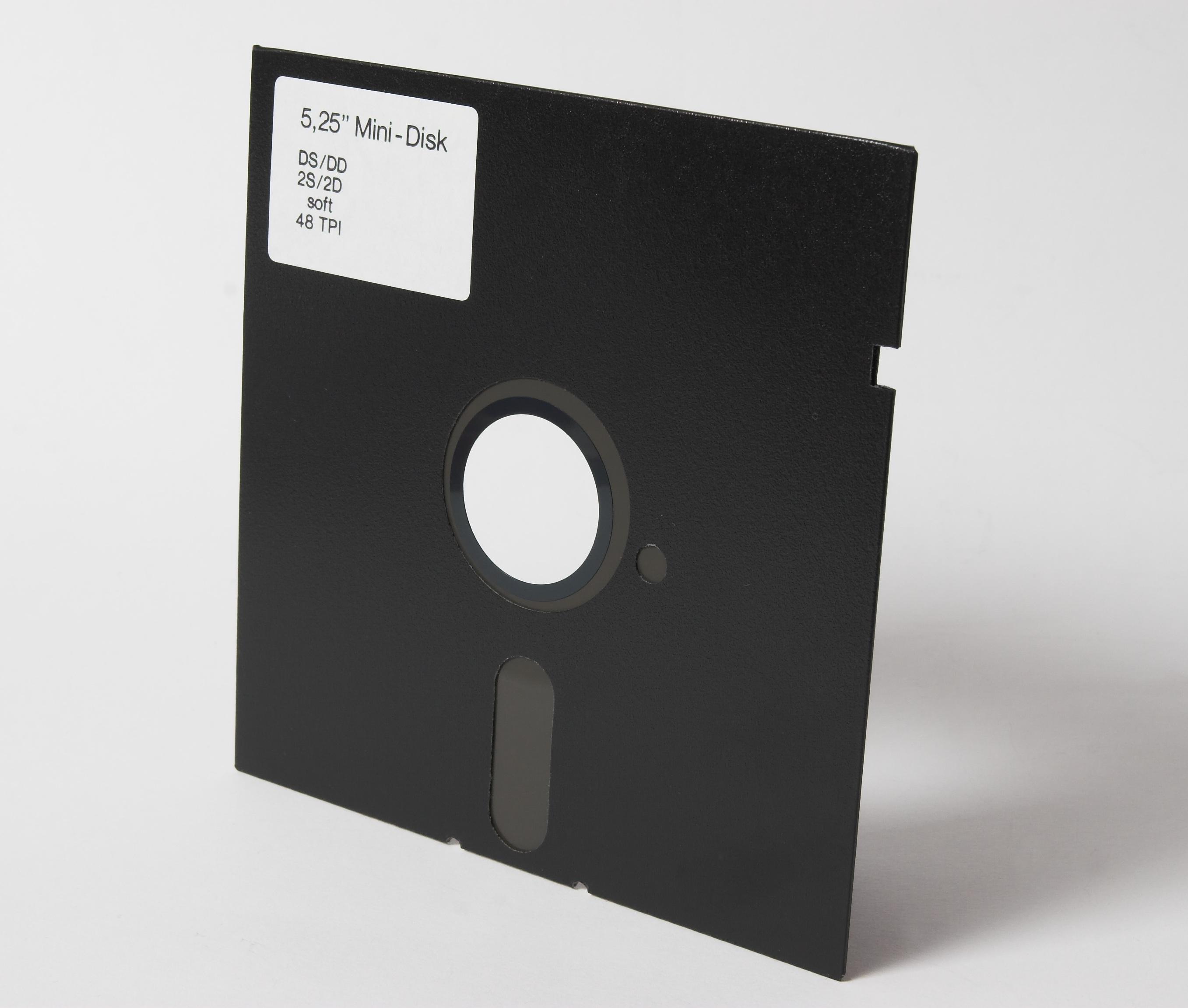Disk Density on:
[Wikipedia]
[Google]
[Amazon]
 Disk density is a capacity designation on
Disk density is a capacity designation on
 Disk density is a capacity designation on
Disk density is a capacity designation on magnetic storage
Magnetic storage or magnetic recording is the storage of data on a magnetized medium. Magnetic storage uses different patterns of magnetisation in a magnetizable material to store data and is a form of non-volatile memory. The information is ac ...
, usually floppy disks. Each designation describes a set of characteristics that can affect the areal density
The area density (also known as areal density, surface density, superficial density, areic density, mass thickness, column density, or density thickness) of a two-dimensional object is calculated as the mass per unit area. The SI derived unit is ...
of a disk or the efficiency of the encoded data. Such characteristics include modulation method, track width, coercivity, and magnetic field direction.
8-inch media
''Single density'' (SD or 1D) describes the first generation of floppy disks that use an iron oxide coating. Floppy drives utilize 300-oersted write heads, FM encoding, and a track width of for a density of 48 tracks-per-inch (tpi) and 5876 bits-per-inch (bpi). ''Double density'' (DD or 2D) doubles capacity over SD by replacing FM encoding with an improvedline code
In telecommunication, a line code is a pattern of voltage, current, or photons used to represent digital data transmitted down a communication channel or written to a storage medium. This repertoire of signals is usually called a constrained c ...
, such as modified frequency modulation (MFM), modified modified frequency modulation (M²FM), FM/MFM or group coded recording (GCR).
5¼-inch media
''SD'' (''1D'') and ''DD'' (''2D'') designations were generally identical to those of 8-inch disks. ''Quad density'' (QD or 4D) doubles capacity over DD by narrowing the width of tracks to for a density of 96 tpi. Some manufacturers ( Micropolis, Tandon, Micro Peripherals (MPI), Teac) used a track density of 100 tpi for quad-density drives, which were incompatible with 96 tpi models. ''High density'' (HD) improves capacity by utilizing a 96 tpi track density in conjunction with improved cobalt disk coating and stronger 600-oersted write heads, allowing 9646 bpi to be written.3½-inch media
''Double density'' (DD) 3½-inch disks use an iron oxide coating, just as with 5¼-inch DD/QD disks. However, drives utilize stronger 670-oersted write heads and a narrower track width of for a density of 135 tpi and 8717 bpi. ''High density'' (HD) 3½-inch disks switch to a cobalt disk coating, just as with 5¼-inch HD disks. Drives use 700-oersted write heads for a density of 17434 bpi. ''Extra-high density'' (ED) doubles the capacity over HD by using a barium ferrite coating and a special write head that allows the use ofperpendicular recording
Perpendicular recording (or perpendicular magnetic recording, PMR), also known as conventional magnetic recording (CMR), is a technology for data recording on magnetic media, particularly hard disks. It was first proven advantageous in 1976 by S ...
.
''Triple density'' (TD) triples the capacity over ED by tripling the track density and improving other parameters. The drives used longitudinal recording.
Overview
See also
*List of floppy disk formats
This is a list of different floppy disk formats.
IBM 8-inch formats
This is a list of 8-inch floppy diskette formats as introduced by IBM.
DEC 8-inch formats
Digital Equipment Corporation used the following formats on 8-inch disks:
Ot ...
References
External links
* {{cite web , url=http://www.hardware-bastelkiste.de/floppy.html , title=Floppy-Disketten-Laufwerke , trans-title=Floppy disk drives , access-date=2017-06-19 , author=(M)Tronics SCS , language=German , date=2007-05-20 , url-status=dead , archive-url=https://web.archive.org/web/20170619194609/http://www.hardware-bastelkiste.de/index.html?floppy.html , archive-date=2017-06-19 Floppy disk computer storage